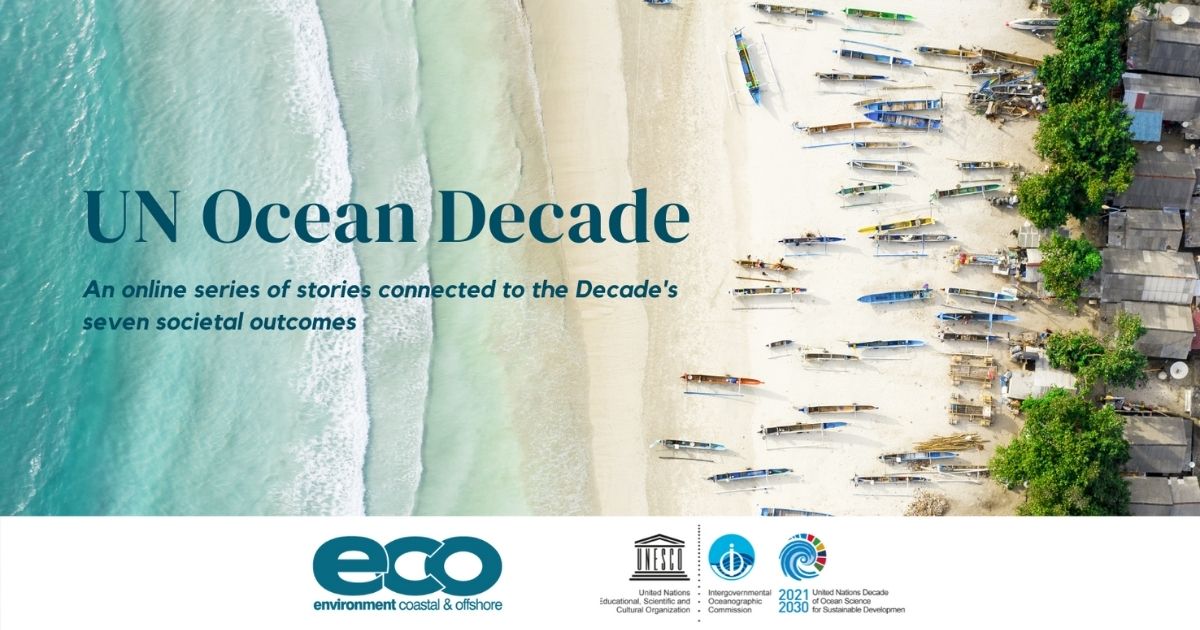By International Seabed Authority
The deep sea – commonly accepted as the ocean realm below 200 meters - is the largest and one of the most diverse ecosystems on Earth.
Our understanding of it is growing rapidly, especially with the recent interest in deep-seabed resources. While the deep-sea environment can be exceptionally harsh, with extreme pressure and no sunlight, recent studies have revealed that life is nonetheless abundant.
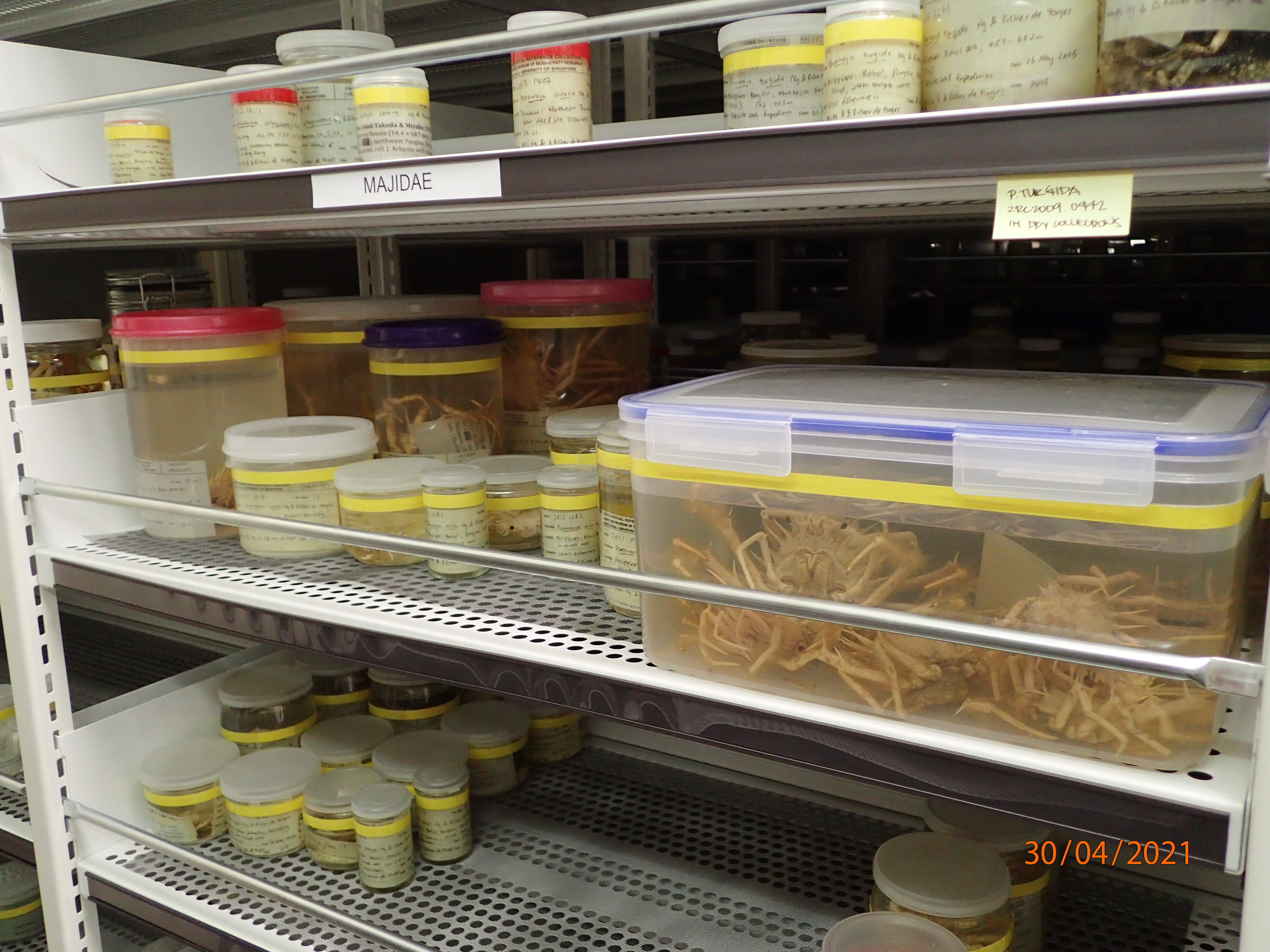
As exploration for deep-seabed minerals progresses in the international seabed area (the Area) and regulations for future exploitation of those minerals are being drafted, the taxonomic identification, classification and description of species that are found in areas potentially becoming open to exploitation, are essential to informing the development of adequate measures to protect deep-sea biodiversity and associated ecosystem services.
The need to strengthen the collective scientific knowledge of deep-sea biodiversity is highlighted in the International Seabed Authority (ISA)’s Strategic Plan and High-Level Action Plan for 2019-2023, as well as in its Action Plan in support of the United Nations Decade of Ocean Science for Sustainable Development, which identifies standardization of methodologies for deep-sea biodiversity assessment, including taxonomic identification and description in the Area, as one of its six strategic research priorities.
Building on the work undertaken by pioneer investors and exploration contractors over the last 40 years, ISA is working closely with contractors and taxonomists around the world to advance deep-sea taxonomy. Together, they strive to promote standardized methodologies; harness new technologies and create a global network of experts to support the development of a sound regulatory framework based on the best available data and information.
Areas Under Exploration, Habitats and Biodiversity
ISA has so far approved 31 contracts to 22 to explore patches of the seabed in the Pacific, Indian and Atlantic Ocean for three types of mineral resources, which are associated with different types of habitats and, therefore, different biological communities. Polymetallic nodule fields are found in abyssal plains, cobalt-rich ferromanganese crusts are formed on seamounts, and polymetallic sulfides in mid-ocean ridge hydrothermal vent systems.
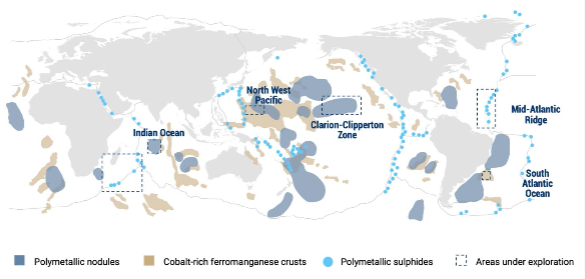 Source: International Seabed Authority
Source: International Seabed Authority
The contractors have been carrying out environmental surveys to characterize biological communities, from microbiota to megafauna, in their respective areas for many years. In some cases, for more than twenty years. This work has contributed greatly to improve the collective knowledge of deep-sea biodiversity in recent years. In the Clarion-Clipperton Zone, for example, thanks to this work, nearly 100 new organisms were formally described in a single year (2017-2018).
Challenges and Opportunities of Deep-Sea Taxonomy
The taxonomic workflow involves extensive and lengthy steps, from collection, preservation and archiving of biological samples, to identification and description of species, to archiving and sharing of taxonomic data. Advancing deep-sea taxonomy will require a heightened level of standardization of methods and protocols, increased funding, trained experts and collaboration among all institutions involved.
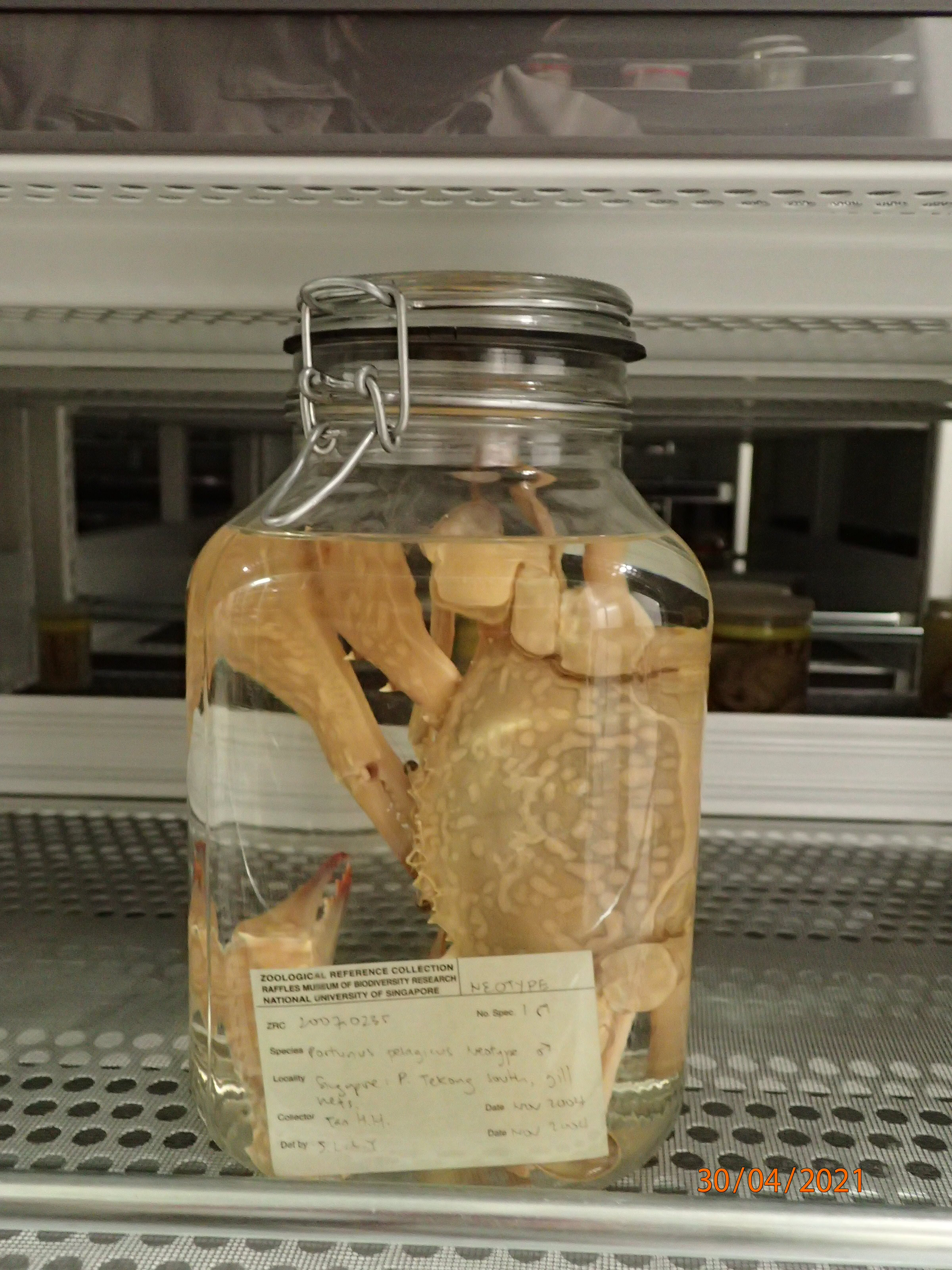
Collection, preservation and archiving of biological samples
Physical specimens are the prime samples for taxonomists. During environmental surveys, ISA contractors collect specimens in the water column and on/near the seabed and preserve them on board vessels. Methods of collection and preservation need to ensure the morphological and molecular integrity of samples. Once on shore, samples should be stored for the long term in curated biological collections, preferably public, at natural history museums for instance, for research and education purposes.
Identification and description of species
Identification of species relies on morphological description, associated metadata (e.g., location) and photographic documentation, both in situ and in the laboratory. More recently, DNA barcoding - a method using a short section of DNA from a specific gene or genes - has also been widely used. A large proportion of sampled species in the deep sea are new to science (90% in some groups) and still lack a proper taxonomic identity in the form of an accepted name following international standards (i.e., the International Code of Zoological Nomenclature for animal species). Advances in technology and methodologies for surveying the marine environment, including video cameras and environmental DNA (eDNA) are enabling the discovery of numerous organisms. However, the lack of coordinated and standardized image catalogues and genomic libraries poses difficulties in reaching confident taxonomic identification at the genus or species level. Creating such catalogues and libraries will be critical for improving consistency across surveys, developing automated routine analyses (e.g., through artificial intelligence and machine learning methods) and, ultimately, enhancing biodiversity assessment and monitoring in the deep sea.
Archiving and sharing of taxonomic data
The taxonomic workflow generates three types of data: images (and/or drawings), metadata, including location and distribution, and DNA sequences. ISA contractors are required to share all environmental data collected during baseline surveys. This data is stored in the ISA Deep Seabed and Ocean database (DeepData) and accessible to the public.
To further promote access to this data and aid deep-sea taxonomy, ISA has initiated a collaboration with the Ocean Biodiversity Information System (OBIS) of IOC-UNESCO to facilitate data exchange. This collaboration, it is expected, will significantly increase public access to extensive records of deep-sea species, including new discoveries.
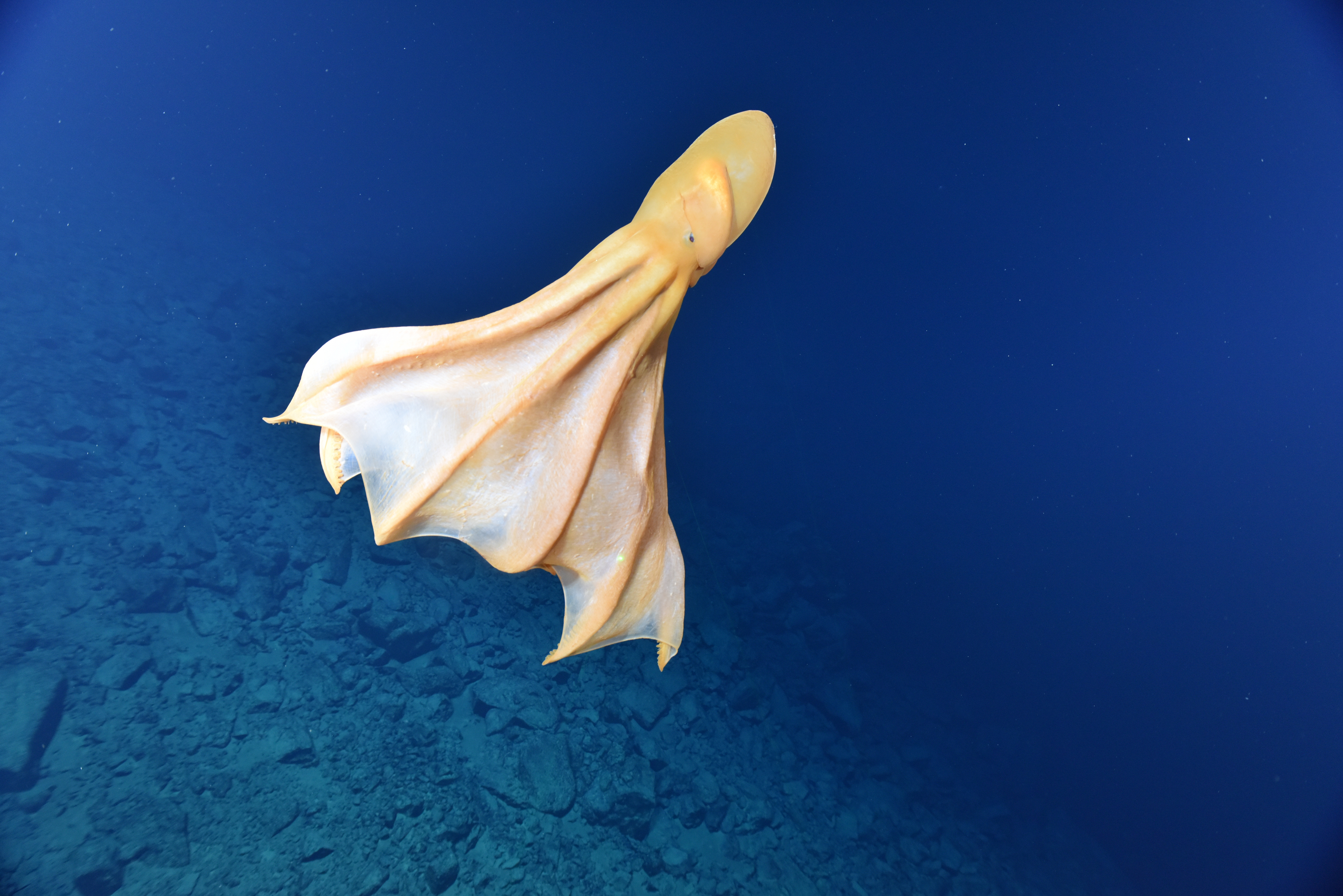 A cirrate octopus of the genus Cirrotheuthis Eschricht, 1838 observed at 2760 meters depth in the periphery of the new vent field Kaimana, Central Indian Ridge, Indian Ocean. Image courtesy of the Federal Institute for Geosciences and Natural Resources of the Federal Republic of Germany
A cirrate octopus of the genus Cirrotheuthis Eschricht, 1838 observed at 2760 meters depth in the periphery of the new vent field Kaimana, Central Indian Ridge, Indian Ocean. Image courtesy of the Federal Institute for Geosciences and Natural Resources of the Federal Republic of Germany
Towards a Global Deep-Sea Taxonomy Platform
The effective generation, use, and sharing of deep-sea taxonomic information will only be possible through enhancing collaboration between ISA, its contractors, academic and scientific institutions, museums, and other relevant stakeholders. ISA has endeavored, including through the organization of a workshop on Deep-Sea Taxonomic Standardization in September 2020, to set up a deep-sea taxonomic knowledge platform that brings together a wide range of expertise with the aim to develop and disseminate standardized methodologies and tools for the taxonomy workflow; promote capacity-building in the different areas of deep-sea taxonomy; and improve data access and sharing. Such a collaborative platform will help provide high-quality deep-sea taxonomic data and information, the critical scientific basis that ISA needs to fulfill its mandates on the protection of the marine environment in the Area for the benefit of humankind as a whole.
This article is part of an online series dedicated to the UN Ocean Decade. One story will be published each week that is related to initiatives, new knowledge, partnerships, or innovative solutions that are relevant to the following seven Ocean Decade outcomes. Access the special digital issue dedicated to the Ocean Decade here.


